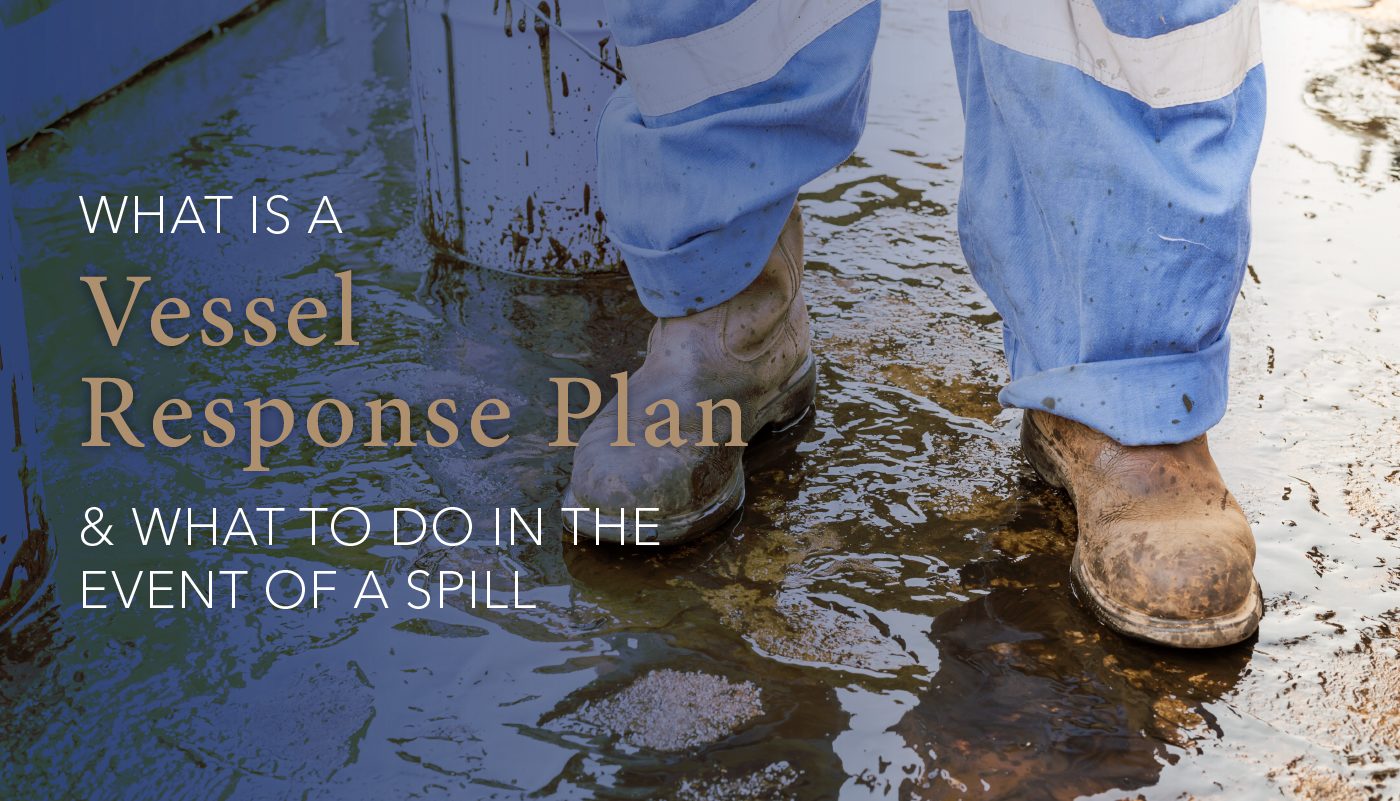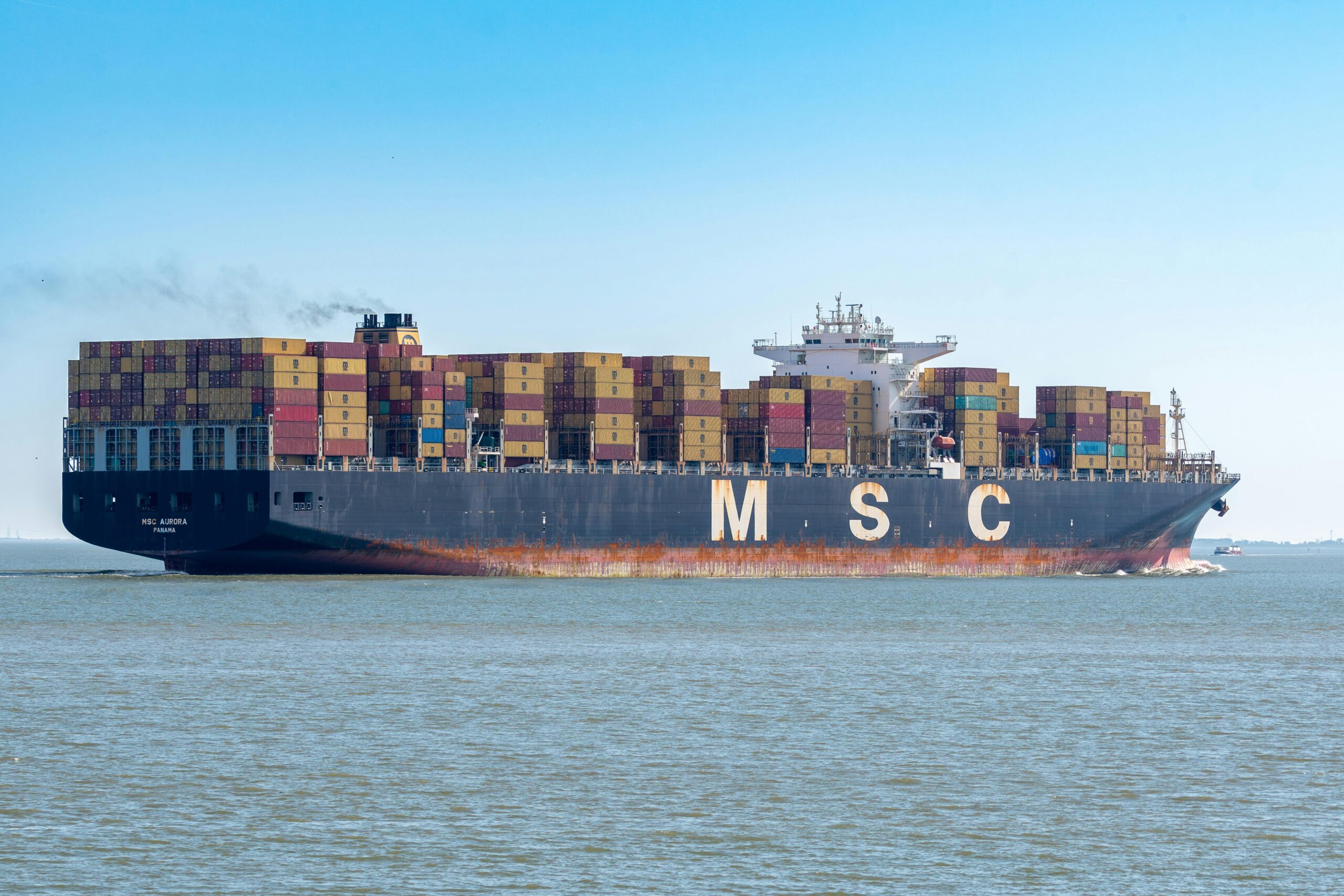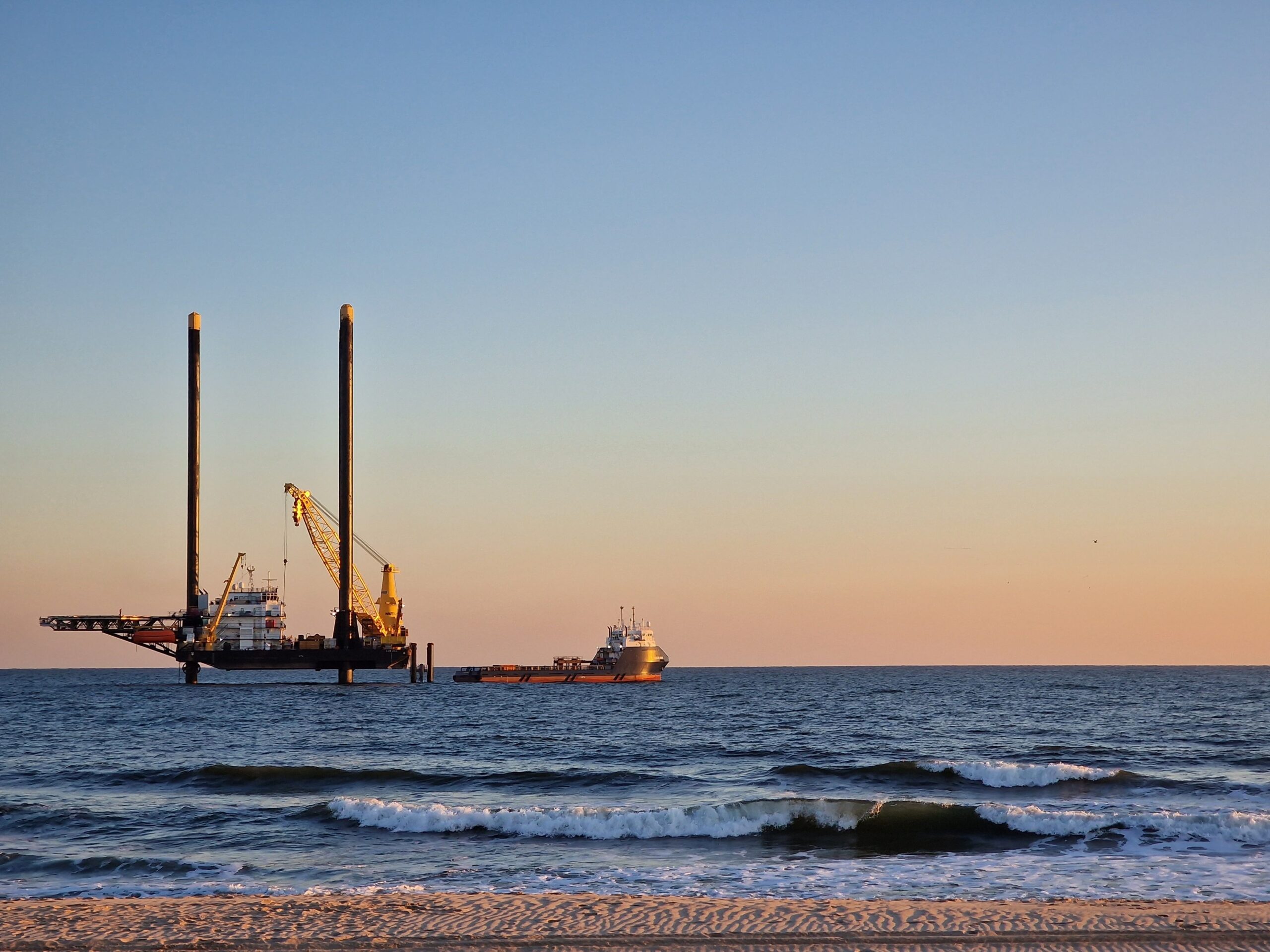
Contributed by Safe Harbor http://safeharborpollutioninsurance.com
Oil spills are rare, but when they do occur, they’re devastating. Although those who make their livelihood at sea hope to never have to experience an oil spill, and work to prevent them at all costs, everyone needs to understand their responsibilities should the worst case scenario occur. One thing you need to ensure your crew is prepared for any situation is a comprehensive vessel response plan.
What is a Vessel Response Plan?
A vessel response plan (VRP) is a document that outlines what the vessel will do in the case of an offshore spill. VRPs are required by the United States Coast Guard for maritime operators that are carrying certain quantities of chemicals and/or refined petroleum products.
The VRP includes information about the vessel, (such as its name, country of registry, call sign, and more), contact information for the vessel’s owner or operator, a list of zones that the vessel intends to operate in, and the clear identification of the incident management team – the people or group who is to be notified in the event of a spill. The identification contact will include the identity of who is to be notified, how to most efficiently reach them, and secondary communication effort instructions that should be used if the first contact is unreachable. Additionally, the VRP will contain information about the vessel’s chosen insurance company.
A recent article from The United States Coast Guard also points out that VRPs are not limited to oil spills. “It is important to understand that although hazardous conditions, such as an engine casualty, grounding, fire, or flooding, may not directly result in a discharge, plan activation is still required because, if left unresolved, they could result in a discharge.”
Who Needs One?
Not all vessels are required to have a VRP, but regardless of requirements, it’s a useful document to have on board in the chance a spill occurs. That way, your crew has a step-by-step guide that will help them handle the emergency safely and efficiently. The contents of your VRP will differ depending on what type of vessel you operate, the size of the vessel, and how much oil is on board.
The United States Coast Guard identifies ships that need VRPs as tank vessels on which that are “carrying groups I through IV petroleum oil as a primary cargo,” and non-tank vessels that are “carrying groups I through IV petroleum oil as fuel or cargo.” The Coast Guard has to review and approve your VRP before you can legally operate.
It is noteworthy that one VRP for a company’s operation may not be sufficient. VRPs are contingent on the specific location a vessel is operating in. These documents are Coast Guard approved, so deviating from what OSRO/Salvors are listed is not an option, even if closer resources are nearby. If the vessel is operating in different areas/regions, separate VRPs may be beneficial.
What to do in the Event of an Oil Spill?
Most oil spills have one thing in common — the majority of damage occurs within 60 minutes of the accident. Injuries, fatalities, and environmental impact can be heightened if the right steps aren’t taken during this time.
In the event of a spill, the most important thing to remember is that safety of the crew is the top priority. Once it’s been established that everyone on board is safe and accounted for, and out of the unknown hot zone, then it’s time to follow up with the established VRP.
Activate your vessel response plan and adhere to it as closely as possible, while always keeping safety concerns at the forefront of your mind. Next, you need to identify the unknown hot zone area. There should be someone qualified on board to do that, but if there isn’t, you need to contact a qualified oil spill removal organization company to designate the unknown hot zone area.
The article from the United States Coast Guard notes the importance of reaction time: “The master’s accurate situation assessment is critical to initiating an effective response. On occasion, we see reluctance from vessel masters to make the sometimes-difficult decision to activate a VRP because they want more time to troubleshoot the problem. However, quick and proper activation of a VRP will cost less in the end.”
Refer to your vessel response plan to find out who is to be notified in the event of a spill — which agencies, both federal and local, insurance companies, etc — and do so immediately. The quicker you can contact those who will help in the cleanup and claims-handling process, the faster you can mobilize necessary resources. If you’re able to reach the necessary powers to begin spill cleanup, you can potentially limit some of the damage — helping both the environment and the vessel’s potential damage liability.
How Will an Insurance Company Help You?
Choosing an experienced insurance company you trust is paramount in the event of an oil spill. When you look for an insurance company to help execute your VRP, you need to seek out a partner, not just a business. A top-notch company will serve as your guide every step of the way through the cleanup and claims process — you don’t want a company who is simply reacting after the fact. A qualified insurance company maintains a vast emergency spill response network that can reach the scene of an emergency quickly and help to minimize damage. They’ll also help to lessen your liability if a spill does occur.
Regardless of whether your vessel is legally required to have a VRP, it’s in your best interest to create and maintain one. When compiling your vessel response plan, turn to an insurance company that will support you throughout the process, so that in the event of a spill you know you have someone with your best interest in mind.

 Join The Club
Join The Club












